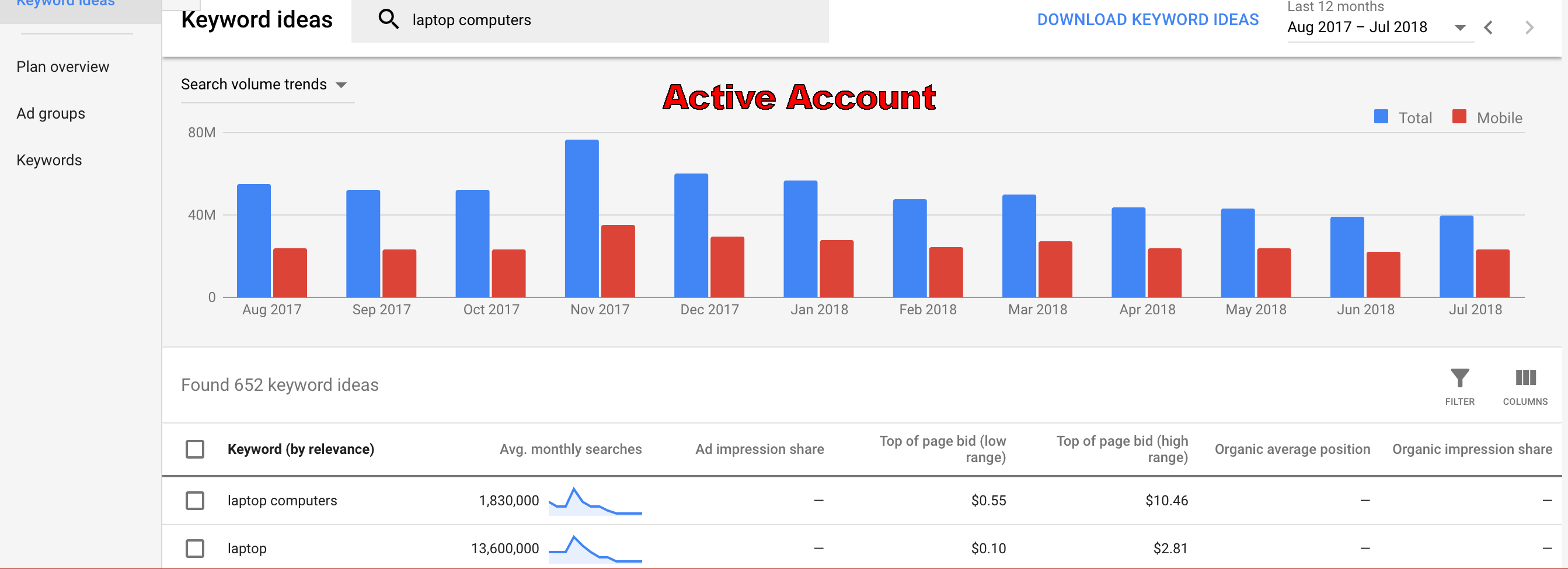
23 Mar 3 Tips To Do Keyword Research for Blog SEO
Every year Google changes things up and keeps us on our toes with all of their SEO algorithm updates. While the finer determinants keep changing, the basics stay the same! Keyword selection is still one of the MOST important factors which determine where Google puts you on the Search Result Page, so good keyword research can make or break your blog.
Here are 3 tips on how you can improve keyword research for your blog and boost your SEO ranking:
1) List down important and relevant topics which are important for your brand:

Start off by thinking about the topics which generates maximum returns for your brand. You’ll come up with about 5-10 topics which are MOST important for your business, and then you can use those topics to help come up with specific keywords.
If you blog regularly, you know the topics you write about most frequently. Always try and put yourself in the shoes of your audience– what types of topics would interest them and what would get them to click? If you were a company like MailChimp, for example, selling email marketing automation software.
I’ve researched a few well known hashtags– Have a look at the data:
- “blogging” (19K)
- “email marketing” (30K)
- “lead generation” (17K)
- “SEO” (214K)
- “social media marketing” (71K)
- “marketing automation” (8.5K)
The numbers in brackets to the right of each keyword? That’s the monthly search volume. This data allows you to understand how important these topics are to your audience. If you try and fill up your blog with more keyword sensitive content, you can expect a surge in traffic!
2) Use Google Keyword Planner to Research Search Volumes.

The Google Keyword Planner will be very useful when you start creating a list of keywords that you can build your blog around. After you log in, you will find several different options on how you can search for keywords. You should use the “Search for new keywords using a phrase, website, or category” tab. This can help you find the trending keywords in your market.
Google Keyword Planner can even show you the range of monthly searches. You can get exact search volume for specific keywords if you are running active Adwords campaign (paid advertisement). But, even exact search volume fluctuates, and Google will show the estimated average number of searches. It’s helpful to see the exact number of searches however there is nothing wrong with using ranges to choose the keywords(1k-10k).
Once you’ve researched the keywords which are generating maximum searches, you can push to create for blog content around them. This will help your website pick up all the leads!
3) Find and Use Long Tail Keywords:

Over 70% of keywords people search for are located in the “long tail” search. These long tail keyword searches make up most of the daily searches.
Let us describe the three different categories that keywords usually divided to: head, body, and the long tail.
- Head: These are single-word keywords with huge search volumes (for example, “golf” or “food”). These terms are broad, and people might be searching for various things using these keywords (for example, someone searching for “golf” might be looking for golf classes, a golf clubs, or rules of the game).
- Body: These keywords are 2-3 word phrases that get decent search volume (1,000 to 2,000 searches per month) and are more explicit than the head (for example, “golf lessons” or “food classes”).
- Long Tail: These keywords are 3 or 4+ words long and are very specific (for example, “cheap golf lessons for kids” or “food classes for Japanese cuisine”). These terms don’t have a lot of search volume, but statistically, they make up the majority of searches online.
The easiest and probably the most efficient way to find relevant long tail keywords is to use Google suggestions. When you type selected keywords into Google search, look at the auto suggestions that drop down below. These are trending searches and are ALL potential keywords for your blog.
The “Related Searches” section at the bottom of the search page is also a source of trending long tail keywords!
